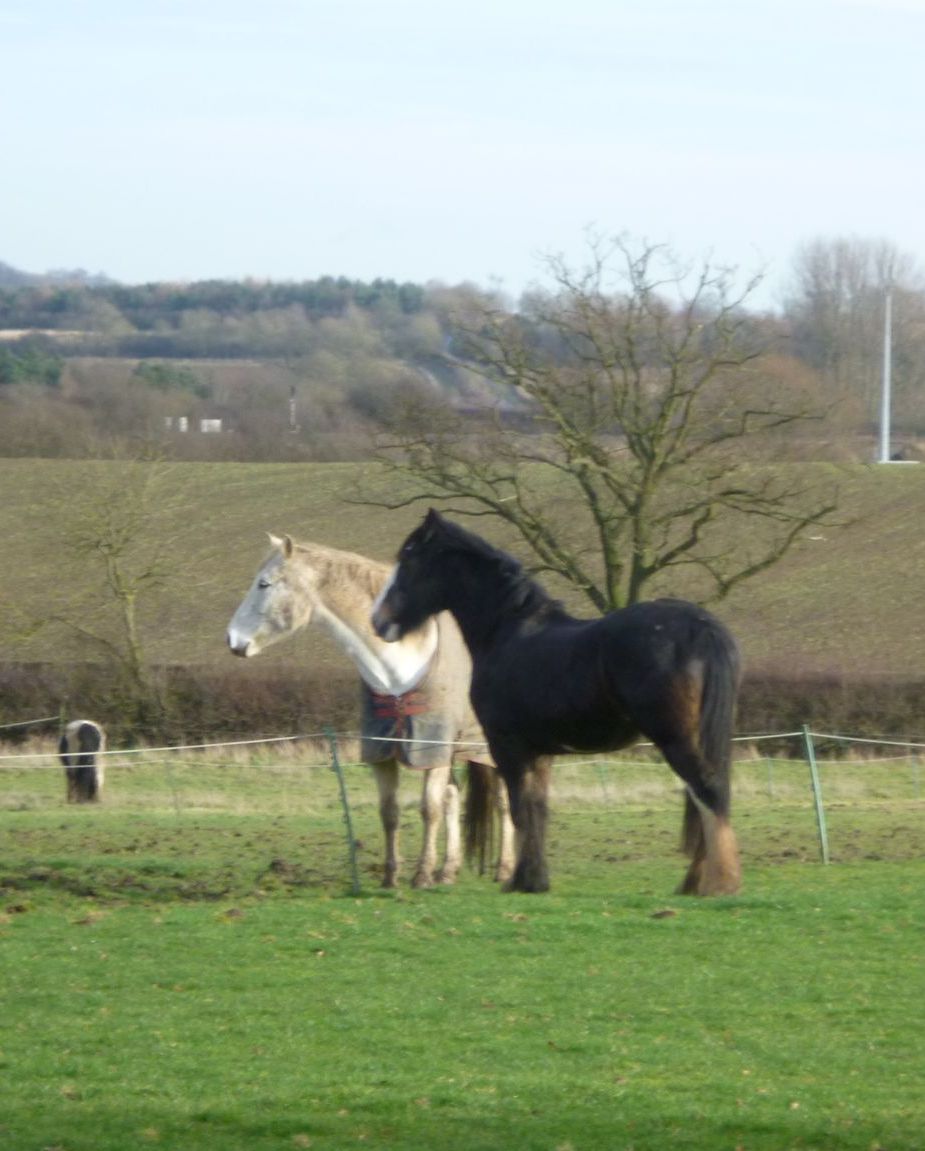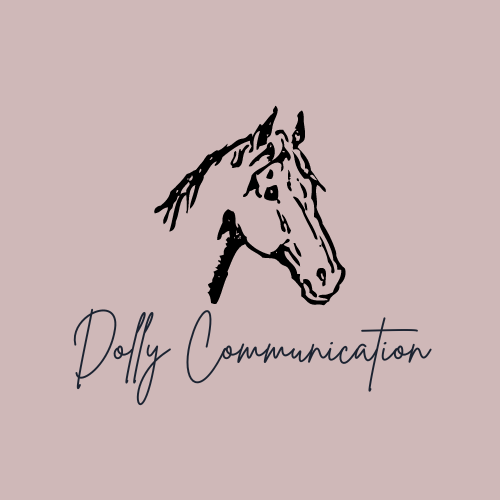Setting Boundaries
Boundaries are not always material.
We know when people get to close and we feel uncomfortable
We also know when people are crossing our emotional boundaries
Many of us don't know how to deal with these situations.
We don't realise we need to let people know where our boundaries are.
How does this Affect Your Life?
Without clear boundaries, others won’t know how to treat you — and often, they won’t treat you with the respect you deserve.
When we don’t communicate our personal boundaries, people may unconsciously step over them. Not because they’re unkind, but because they sense that we don’t have any lines they shouldn’t cross. Over time, this can leave us feeling unseen, walked over, or even resentful.
Boundaries are not walls — they’re invitations to healthy, respectful relationships.
This photo is of Dolly when she first arrived at our last yard.
She’d watched me move all her things and had seen her new stable. She understood that this was her new home.
When she went into the paddock and met her new neighbour, there was an obvious physical boundary — a fence line. Dolly respected it, but more importantly, she respected the space of the other horse too. After their initial greeting, they stood peacefully together, each in their own space, calmly observing something of mutual interest.
That’s what healthy boundaries look like: mutual respect, shared space, and ease.

How Does This Affect Your Horse
Boundaries are instinctively understood by horses.
They use them all the time within the herd. Boundaries help define relationships, create clarity, and establish trust — and though those boundaries can shift depending on the situation, they are always respected.
The same applies to us.
When we don’t clearly demonstrate and uphold boundaries with our horses, they may push into our space or seem disrespectful. But this isn’t “bad manners.” It’s confusion. They don’t know where the boundaries are — because we haven’t shown them.
Just like children, horses feel safest when they understand what’s expected of them. Boundaries give them security. They let the horse know where safety ends and where decision-making begins. Without them, your horse may seem pushy, reactive, or unsettled — not because they’re dominant, but because they’re unsure.
If we’re constantly crossing a horse’s boundaries — maybe asking too much, being too forceful, or not listening to their subtle signals — they’ll start to do the same to us.
Respect goes both ways.
Once a boundary is gently but consistently established, your horse will honour it — especially if you also respect theirs. And like with people, once trust is established, those boundaries can occasionally soften or be crossed by invitation, not demand.
This is especially important with younger or more sensitive horses.
Teaching boundaries is no different from how a mother horse would guide her foal. Without them, things can become dangerous — not because the horse is naughty, but because they simply haven’t been taught what’s okay and what’s not.
Boundaries create safety, respect, and harmony — for both of you.
Reflection Question
Are there places in your life — or with your horse — where you’ve allowed your boundaries to blur?
What would it feel like to calmly re-establish them?
Write about a time when your horse crossed a boundary — physical or emotional.
What might they have been trying to tell you?
What boundary would you like to gently reinforce, for your own well-being and theirs?
Now what about a time when a person crossed a boundary?
How did you react?
Were you submissive or did you get angry?
Establishing your boundaries gives you confidence.
Defending them can be done gently not in anger.
Dolly taught me this and I call it
Calm Authority
